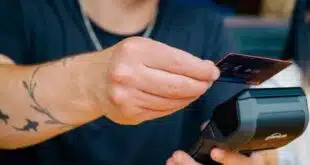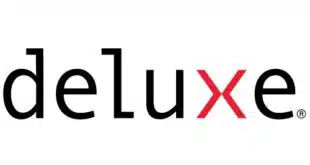Underbanked and unbanked consumers who use check-cashing stores rely heavily on traditional payment forms such as checks, cash, and money orders for bill payments and few use electronic payment methods, according to new survey data from Aite Group LLC. While that may not be a surprise, Aite's study shows the electronic bill-pay opportunity for banks and other providers of mainstream financial services. Financial institutions could view the unbanked, or those without any checking or savings accounts, and the underbanked, those with one or just a few mainstream banking accounts, as green-field consumer segments?or very tough nuts to crack. “A lot of the cash users are using very few financial services at all,” says Judy Fishman, quantitative research analyst at Boston-based Aite Group. “They're almost outside the system.” Aite's latest report is the fifth and final one based on a survey of 400 consumers as they entered or left check-cashing stores or convenience stores with check-cashing counters in Virginia in November and December of 2008 (Digital Transactions News, May 26, 2009). Earlier reports probed why consumers use such stores, with many respondents saying they liked their convenience or disliked banks. The report released this week is based on findings from 257 consumers of the Virginia stores who were not using prepaid debit cards at the time. Asked about the bill-payment channels they use, some 77% of respondents said they had made bill payments in person, 74% by mail, and 8% by phone. Thirteen percent said they had paid a bill at a company Web site, and only 5% had paid a bill through an online-banking site. Traditional channels were even more dominant when the respondents were asked about how they make their regular bill payments. Mail led at 45%, followed by in-person, 41%. Next were company Web sites, 7%; phone, 4%, and online banking, 3%. Cash was the most-used bill-payment method, cited by 68% of respondents. Next were money orders, 45%; checks, 40%; payment cards, 14%; direct debit, 12%, and online banking, 8%. When asked which payment form they use most frequently for regular bill payments, 32% said checks; with 30% citing cash. Next were money orders, 21%; cards, 7%; and online banking and direct debits, 5% each. Aite segmented the respondents fairly closely along those favored payment-method lines, dubbing 31% as “heavy check users” for bill payments, 31% as “heavy cash users,” and 25% as “heavy money-order users.” Aite classified only 6% as “heavy online-banking users,” with 5% heavy card and 2% heavy direct-debit users. The majority of heavy check users, not surprisingly, had some banking accounts, had credit cards, were somewhat older and wealthier than those in the other bill-pay groups, and tended to regard themselves as savers. The heavy cash users, in contrast, not only paid their bills in cash, but they tended to buy few money orders and not to take out payday loans or wire money abroad. Nearly all had annual household incomes of below $30,000, the U.S. average, and half had incomes of less than $15,000. The rent or mortgage payment, usually the biggest monthly bill a consumer pays, was typically paid in cash by 25% of the Aite respondents. Some 30% used money orders for rent or mortgage payments, and 28% paid by check. Fishman says the use of online bill payment by the underbanked and unbanked will grow, but it will take time to wean consumers from the services they can get in check-cashing stores. “While use the of check-cashing services or perhaps even the purchase of money orders are declining to some extent, as Mark Twain said, reports of imminent demise are somewhat premature,” she says.
Check Also
Mastercard Looks to Support Stablecoins in a Deal With Wallet Provider MoonPay
The big card networks have worked for several years to exploit the growing business of …





